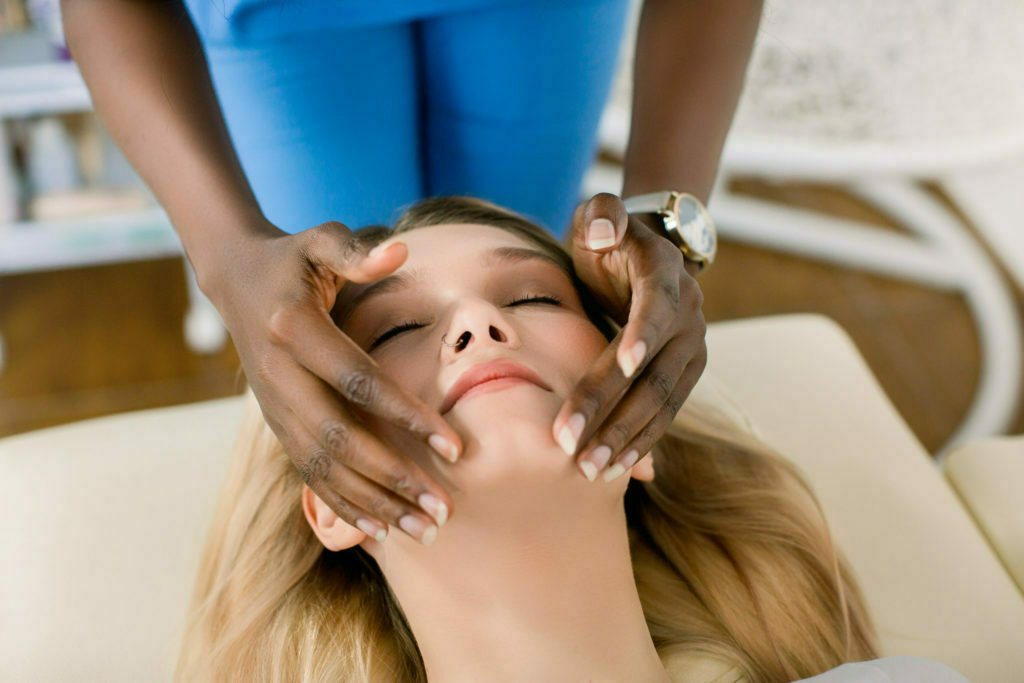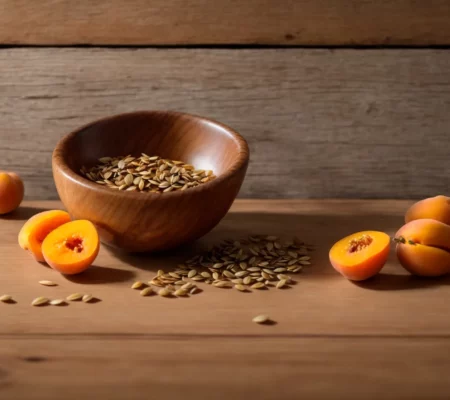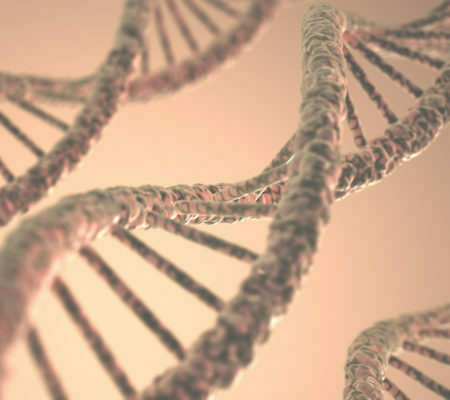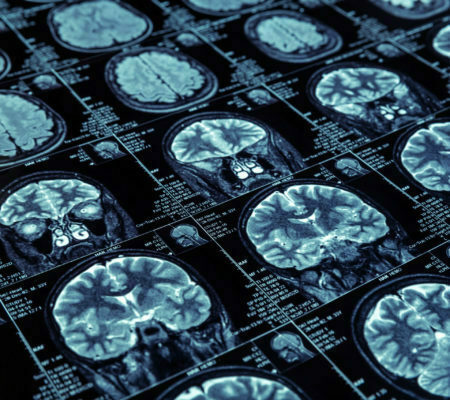After surgery, patients often feel sore and achy. Some patients may even experience pain. Massage could help reduce these symptoms and help patients feel more comfortable. There are many types of massages that can be beneficial to patients after surgery.
A Swedish massage is a light massage that uses long strokes, kneading, and tapping to improve circulation and flexibility. This type of massage is ideal for those who have recently had surgery as it helps to increase blood flow and reduce swelling. A deep tissue massage is a more intense massage that uses pressure and slow strokes to target the deeper layers of muscle tissue. This type of massage is beneficial for those who have chronic pain or stiffness after surgery. Finally, a sports massage is a vigorous massage that uses compression, stretching, and friction to help improve range of motion and healing time. Massage therapy may be particularly beneficial for patients who have undergone various types of orthopedic surgeries.
Orthopedic surgery is a surgical specialty that focuses on the diagnosis and treatment of disorders of the musculoskeletal system. This can include bones, joints, muscles, ligaments, and tendons. Orthopedic surgeons may perform surgery to correct or prevent problems with these structures. As a result, the patient may be sore and immobile for a little while, depending on the surgery. Massage therapy may be beneficial for these patients. Your orthopedic surgeon will be able to provide advice on the best course of action related to massage therapy. Keep reading to learn more about how massage can help patients after surgery.
Pain Relief
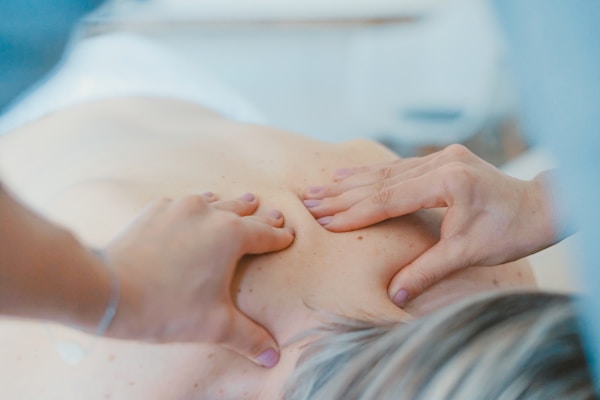
Massage is a type of therapy that uses hands-on techniques to manipulate the muscles and soft tissues of the body. Massage has been used for centuries to improve circulation, relieve pain and tension, and promote healing. There are many different types of massage therapies that can promote health and well-being.
Massage therapy may be particularly helpful for patients who have just had surgery. Massages can help reduce swelling and stiffness. It can also help relieve pain and anxiety. There is growing evidence that massage may help patients with pain relief. A study published in 2014 looked at how massages might help reduce pain in patients who had surgery. The study found that those who received massage therapy before and after surgery had less pain than those who did not receive massage therapy.
Enhanced Recovery
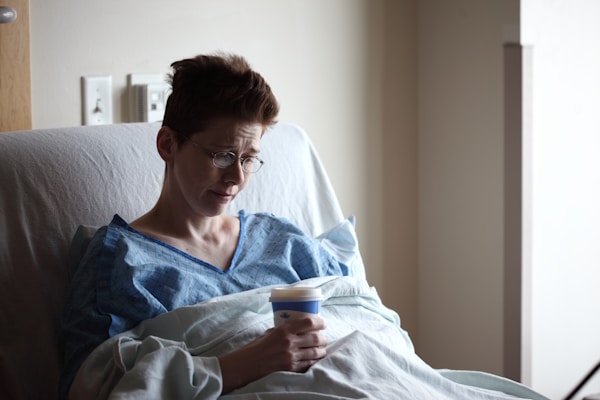
There is evidence that massage may help patients recover after surgery. Massage has been shown to be beneficial in a number of ways, both physically and emotionally. In some cases, massage may even speed up the healing process. Physically, massage can help to increase circulation and lymph flow, which can help to reduce swelling and inflammation. It can also help to loosen adhesions and scar tissue and to relieve pain. Emotionally, massage can be a very soothing experience. It can help to reduce stress and anxiety and to promote a sense of relaxation and well-being.
Therapeutic massage and bodyworks training promotes massage therapy for healing in the body through increased circulation, joint mobility, improved muscle tone, and to help ease tension, stress, spasms, and pain. The massage therapist uses their hands to manipulate the patient’s muscles and tissues. This helps improve blood circulation, relieve pain, and promote healing.
There is growing evidence to suggest that massage might be able to help patients recover after surgery. Pain is one of the main concerns for patients after surgery. It can be difficult to cope with and can interfere with the healing process. Massage can help to reduce pain by stimulating the release of pain-reducing hormones called endorphins. Overall, massage could help patients recover after surgery by reducing pain, inflammation, and swelling. Massage can also help improve range of motion and promote circulation.


